 1982 Audi 100 Avant (C3, Typ 44, 44Q) Dimensions, Size & Specs
1982 Audi 100 Avant (C3, Typ 44, 44Q) Dimensions, Size & SpecsMeasurements of the 1982 Audi 100 Avant, engineered for optimal performance and comfort
| Dimensions | |
|---|---|
| Length: | 4793 mm188.7 in15.7 ft |
| Width: | 1814 mm71.4 in6.0 ft |
| Height: | 1422 mm56.0 in4.7 ft |
| Trunk Capacity: | 644 liter22.7 cu ft |
| Trunk Capacity (Max): | 1920 liter67.8 cu ft |
| Weight Specifications | |
| Curb Weight: | 1130-1450 kg2491-3197 lbs |
| Maximal permitted Weight: | 1630-2000 kg3594-4409 lbs |
| Tire Specifications | |
| Rims Sizes: |
|
| Tire Sizes: |
|
The Audi 100 Avant (C3, Typ 44, 44Q), produced from 1982 to 1987, is a spacious and practical station wagon that represents Audi's innovation in the mid-size luxury car segment of the 1980s. Measuring 4793 mm (about 189 inches) in length, 1814 mm (approximately 71.4 inches) in width, and 1422 mm (around 56 inches) in height, this vehicle offers a balanced footprint that merges ample interior space with aerodynamic styling typical of the era. With a curb weight ranging between 1130 kg and 1450 kg (2491 - 3197 lbs), the Avant maintains road presence without excessive mass, enhancing driving dynamics and fuel efficiency.
One of the standout features of the Audi 100 Avant is its impressive cargo versatility. It comes with a luggage capacity of 644 liters (22.7 cubic feet) with the rear seats upright, expanding significantly to 1920 liters (67.8 cubic feet) when the rear seats are folded down. This flexibility makes it an excellent choice for families or professionals needing substantial transport space.
The Avant rides on 14- or 15-inch rims fitted with tire options of 185/70 R14 or 205/60 R15, which balance comfort and handling, complementing the vehicle's overall design and performance. The maximum permissible weight ranges from 1630 kg to 2000 kg (3595 - 4409 lbs), reflecting a robust structural design capable of carrying both passengers and cargo efficiently.
In summary, the Audi 100 Avant (C3, Typ 44Q) from 1982 to 1987 stands as a compelling example of an early 1980s station wagon combining spaciousness, practical cargo capacity, and manageable dimensions, making it a worthy subject for anyone researching car sizes or comparing classic station wagons.
Discover the standout features that make the 1982 Audi 100 Avant a leader in its class
Have a question? Please check our knowledgebase first.
The Audi 100 Avant C3 (Typ 44, 44Q) produced between 1982 and 1987 has a length of 4793 mm (188.7 inches), a width of 1814 mm (71.4 inches), and a height of 1422 mm (56.0 inches). These dimensions position it as a mid-to-large size station wagon of its era, offering a balanced footprint that combines spacious interior capacity with manageable external size for driving and parking.
The Audi 100 Avant C3's curb weight ranges from 1130 kg to 1450 kg (2491 to 3197 lbs), depending on specific configurations and equipment levels. Its maximum permissible weight varies between 1630 kg and 2000 kg (3593 to 4409 lbs). This weight range allows the vehicle to maintain a good balance between agility and stability on the road, contributing to comfortable handling characteristics typical for a station wagon while carrying passengers and cargo.
The luggage capacity of the Audi 100 Avant (C3) is quite generous for its time. With the rear seats in place, it offers up to 644 liters (approximately 22.7 cubic feet) of luggage space. When the rear seats are folded down, this capacity expands dramatically to about 1920 liters (67.8 cubic feet), allowing for the transportation of large or bulky items, making it highly practical for families or long trips requiring substantial cargo space.
The Audi 100 Avant (C3) came equipped with rims sized at 14 or 15 inches in diameter. Tire options included sizes 185/70 R14 and 205/60 R15. The 14-inch rims with 185/70 tires generally provide a thicker sidewall, which improves ride comfort by absorbing road irregularities better. The 15-inch rims with 205/60 tires offer a sportier appearance and potentially enhanced cornering performance due to a lower sidewall and wider tread but may transmit more road harshness.
The vehicle stands at 1422 mm (56.0 inches) tall, making it relatively low-profile for a station wagon, especially compared to modern SUVs or crossovers. This height ensures that the Audi 100 Avant comfortably fits into most standard garages, which typically have a clearance of around 2100 mm (82.7 inches) or higher. Owners can thus expect no issues parking the car in conventional home or commercial garages.
At 1814 mm (71.4 inches) wide, the Audi 100 Avant is moderately wide but generally suitable for urban environments. While it might be a bit more challenging to maneuver on narrow city streets or into tight parking spaces compared to smaller cars, it remains within typical width ranges for station wagons of its time. Drivers accustomed to similar sized European cars will find parking manageable with standard spaces.
Compared to its predecessor, the Audi 100 Avant of the C2 generation produced before 1982, the C3 Avant grew notably in size. The C3's length of 4793 mm surpasses the earlier model's roughly 4700 mm length, offering more interior space. The width also increased to 1814 mm from approximately 1760 mm, enhancing shoulder and cargo room. Height remained relatively similar, but the overall design was more aerodynamic and modern. These dimensional upgrades resulted in improved comfort, luggage capacity, and road presence.
In the realm of 1980s mid-to-large station wagons, the Audi 100 Avant C3 holds its own with competitive size and cargo space. Its length of 4793 mm and luggage capacity reaching up to 1920 liters with folded rear seats compare favorably to models like the BMW 5 Series Touring of that era or the Volvo 740 estate, which offered similar dimensions and large cargo areas. The Avant's combination of aerodynamic styling, interior space, and lightweight construction often gave it an edge in fuel efficiency and driving dynamics.
The curb weight range of 1130 to 1450 kg (2491 to 3197 lbs) reflects various trim levels and optional equipment on the Audi 100 Avant C3. This relatively lightweight construction for a vehicle of its size aids fuel efficiency, acceleration, and handling responsiveness. Lower weights contribute to reduced wear on tires and brakes and improve overall driving agility, while the maximum weight allowed ensures the vehicle can safely carry passengers and cargo without compromising structural integrity.
Yes, the Audi 100 Avant C3 is well-suited for family use. Its length of nearly 4.8 meters (approximately 15.7 feet) and width of 1.8 meters (around 5.9 feet) provide a roomy interior cabin. The ample luggage space of 644 liters with rear seats up and extending to 1920 liters when folded down facilitates transportation of strollers, sports equipment, luggage, or groceries. The low height and practical hatchback style enhance accessibility, making it a comfortable, versatile choice for daily family activities and longer trips.
Discover similar sized cars.
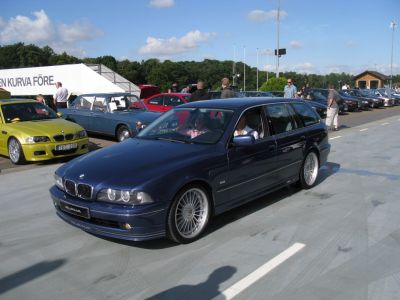
| Production: | 1998-2004 |
|---|---|
| Model Year: | 1997 |
| Length: | 4805 mm189.2 in |
| Width: | 1800 mm70.9 in |
| Height: | 1420 mm55.9 in |
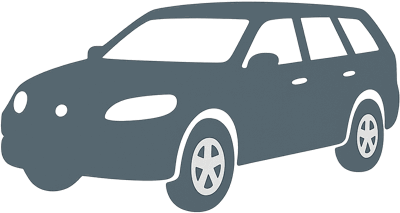
| Production: | 1999-2003 |
|---|---|
| Model Year: | 2000 |
| Length: | 4805 mm189.2 in |
| Width: | 1800 mm70.9 in |
| Height: | 1420 mm55.9 in |
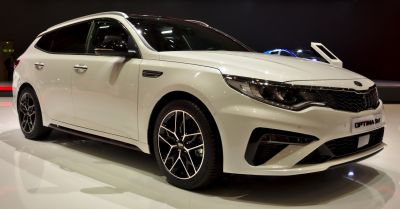
| Production: | 2018-2020 |
|---|---|
| Model Year: | 2018 |
| Length: | 4855 mm191.1 in |
| Width: | 2120 mm83.5 in |
| Height: | 1460-1470 mm57.5-57.9 in |
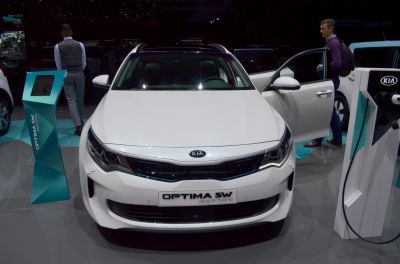
| Production: | 2016-2018 |
|---|---|
| Model Year: | 2015 |
| Length: | 4855 mm191.1 in |
| Width: | 2120 mm83.5 in |
| Height: | 1470 mm57.9 in |
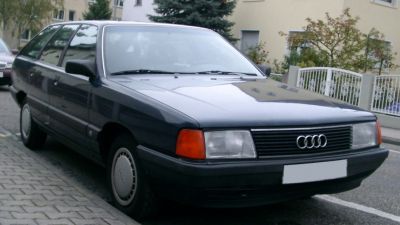
| Production: | 1988-1990 |
|---|---|
| Model Year: | 1988 |
| Length: | 4793 mm188.7 in |
| Width: | 1814 mm71.4 in |
| Height: | 1422 mm56.0 in |
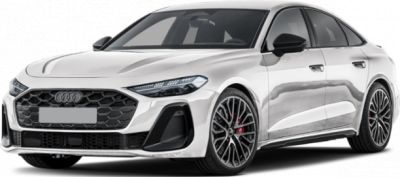
| Production: | 2024-present |
|---|---|
| Model Year: | 2025 |
| Length: | 4835 mm190.4 in |
| Width: | 2099 mm82.6 in |
| Height: | 1444 mm56.9 in |
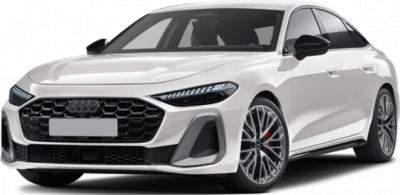
| Production: | 2024-present |
|---|---|
| Model Year: | 2025 |
| Length: | 4829 mm190.1 in |
| Width: | 2099 mm82.6 in |
| Height: | 1460 mm57.5 in |
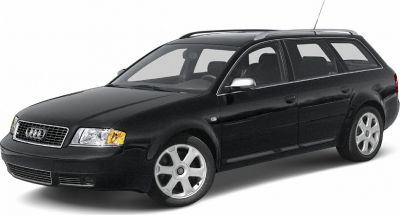
| Production: | 1999-2005 |
|---|---|
| Model Year: | 2000 |
| Length: | 4833 mm190.3 in |
| Width: | 1850 mm72.8 in |
| Height: | 1440 mm56.7 in |
